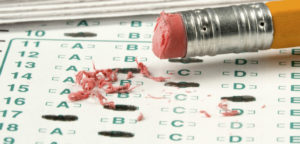Virtual Reality for Education
Interest in virtual reality (VR) has exploded over the past year, with news agencies, sports teams, and gaming companies creating VR content. But its adoption in education has been hampered by confusion between two different meanings of the term. When VR first emerged a number











